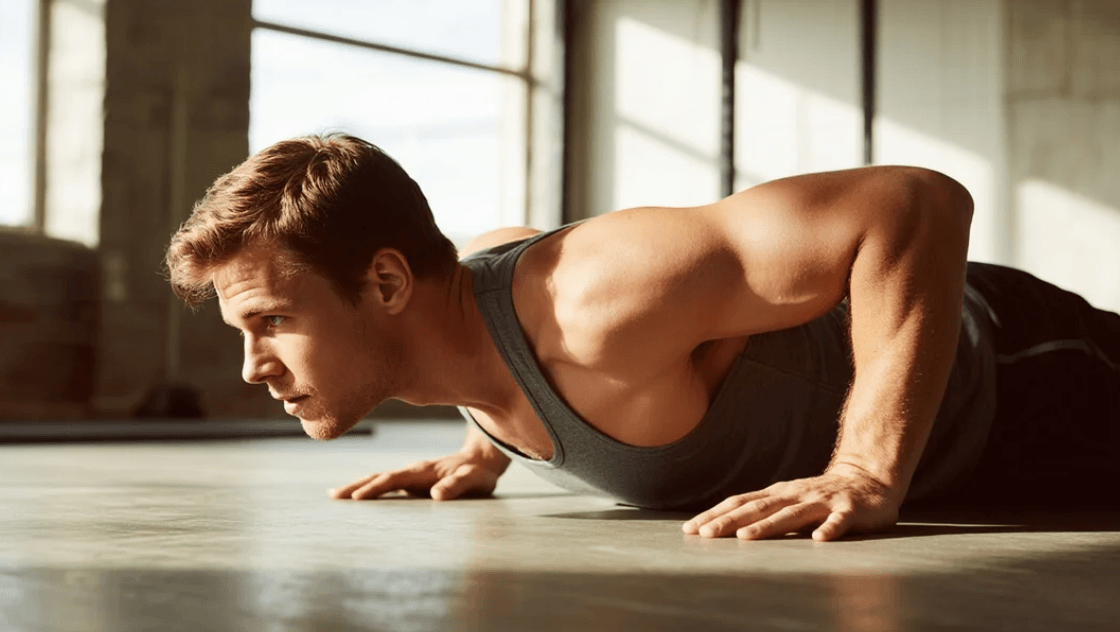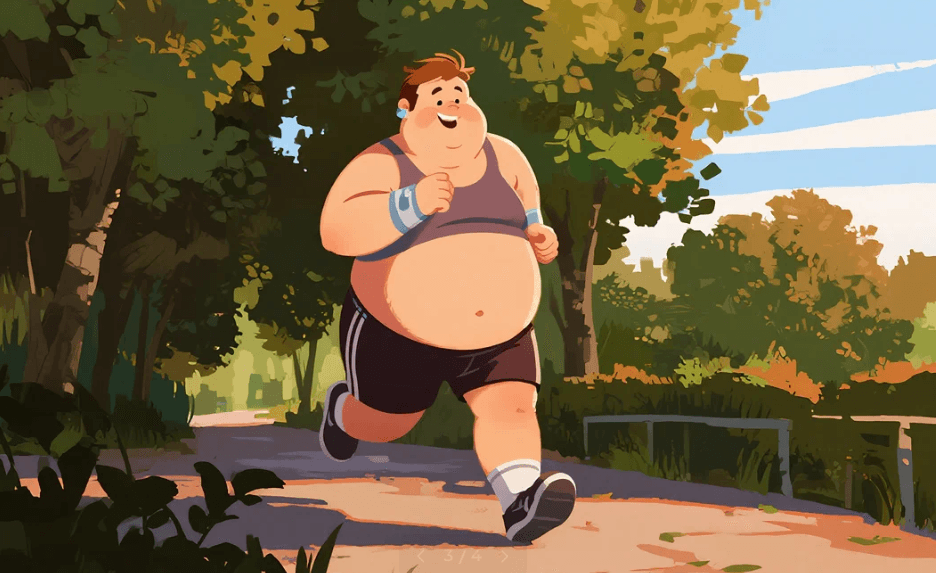How to Lose Weight with Workouts in 2025
Can You Really Lose Weight Through Workouts?
Absolutely. Exercise is one of the most powerful tools to support healthy, sustainable weight loss. While diet plays a major role, the right workouts can boost your metabolism, burn calories, preserve muscle, and even help regulate your appetite.
In this guide, we’ll break down exactly how to lose weight with workouts—including what types of training work best, how to structure your plan, and what mistakes to avoid.
1. Understanding the Basics: Calories In vs. Calories Out
To lose weight, you need to maintain a calorie deficit—burning more calories than you consume. Exercise helps increase your total daily energy expenditure (TDEE), making it easier to achieve and sustain that deficit. But workouts also do much more:
- Preserve lean muscle while burning fat
- Improve insulin sensitivity and hormonal balance
- Reduce stress and improve sleep—key factors for fat loss
2. Best Types of Workouts for Weight Loss
Not all workouts are created equal when it comes to fat loss. Here are the most effective types of training to include:
Cardio Workouts
Cardiovascular exercise increases your heart rate and calorie burn. Popular forms include:
- Steady-state cardio: Brisk walking, jogging, cycling
- HIIT: High-Intensity Interval Training for short bursts of intense effort followed by rest
- Low-impact cardio: Elliptical, swimming, rowing
HIIT is especially effective for fat loss because it burns calories quickly and boosts metabolism for hours after training.
Strength Training
Building muscle through resistance training is crucial for long-term weight management. More muscle = higher resting metabolic rate (RMR). You can use:
- Bodyweight exercises (push-ups, squats, planks)
- Dumbbells, resistance bands, kettlebells
- Machines or barbell-based lifts in the gym
Full-Body Functional Training
This includes movements that mimic daily activities—like lunges, medicine ball slams, kettlebell swings. These engage multiple muscle groups and burn lots of calories.
3. How Often Should You Work Out?
A balanced weekly plan for fat loss could look like this:
- 3–4 days of strength training
- 2–3 days of cardio (mix of steady-state and HIIT)
- 1 active recovery day: stretching, yoga, walking
Rest is just as important as training. Overdoing it can lead to burnout or injury, which will halt your progress.
4. Sample Weekly Workout Plan to Lose Weight
Here’s an example of a fat-loss-focused workout schedule:
- Monday: Full-body strength + 10-minute HIIT finisher
- Tuesday: 30-minute steady-state cardio (jog or cycle)
- Wednesday: Upper body strength + core
- Thursday: Rest or yoga
- Friday: Lower body strength + HIIT circuit
- Saturday: Outdoor cardio or fun activity (hike, swim)
- Sunday: Light walk + mobility/stretch
This structure allows your body to build muscle, burn fat, and recover optimally throughout the week.
5. Bodyweight vs. Gym: Which Is Better?
You can successfully lose weight with home workouts or gym training—it depends on what’s available and what you enjoy.
Home workouts: Bodyweight routines like burpees, mountain climbers, jump squats can torch fat.
Gym workouts: Provide access to heavier resistance, which can accelerate muscle-building and metabolic burn.
6. Nutrition Still Matters—A Lot
Even the best workout plan won’t work if your nutrition isn’t aligned. To complement your fitness program:
- Eat in a slight calorie deficit (200–500 kcal/day)
- Get enough protein to preserve muscle (1.6–2.2g/kg body weight)
- Minimize processed foods and sugary drinks
- Drink plenty of water
Many fitness apps (like MyFitnessPal or Bodywave) help track calories and macros to ensure you're on the right path.
7. Common Mistakes to Avoid
If your weight loss is stalling despite working out, check for these mistakes:
- Overeating post-workout ("I earned it" mindset)
- Too much cardio, not enough strength training
- Not getting enough sleep (aim for 7–9 hours)
- Ignoring stress and recovery
Weight loss is a total lifestyle effort, not just time spent in the gym.
8. Best Apps to Help You Lose Weight with Workouts
Your iPhone can be a powerful assistant. Here are top free and paid apps for workout-based fat loss:
- Bodywave: Monitors heart rate, stress, recovery to optimize training days
- Nike Training Club: Free guided workouts, HIIT and bodyweight
- MyFitnessPal: Calorie and macro tracker
- StrongLifts 5x5: Ideal for beginners in weight training
Use these tools to stay consistent and measure your results.
9. Realistic Results Timeline: How Fast Will You Lose Weight?
With a proper workout and nutrition plan, expect to lose:
- 0.5 to 1 kg (1–2 lbs) per week safely
- 4–8 kg (9–18 lbs) over 2–3 months
Consistency is key. Don't expect instant results, but celebrate every small win—fitting into old clothes, better energy, stronger lifts.
10. Why Strength + Cardio = Best Combo for Fat Loss
While cardio burns more calories during the session, strength training builds the foundation for long-term fat burn by increasing your basal metabolic rate (BMR). Combining both yields:
- Fat loss without muscle loss
- Improved body composition (lower fat %, more muscle)
- Better posture, strength, and athleticism
11. Listen to Your Body: When to Push and When to Rest
Overtraining can stall weight loss, increase injury risk, and raise cortisol levels. Use a wellness tracker like Bodywave to monitor your stress and recovery.
- If your HRV is low or you feel drained, opt for rest or light movement
- On high-recovery days, go for strength or interval sessions
Training smarter—not harder—is the 2025 rule for sustainable results.
Conclusion: Yes, You Can Lose Weight with the Right Workouts
Exercise is not just about burning calories—it transforms your body, mindset, and habits. To truly lose weight with workouts, commit to a routine that includes cardio, strength training, rest, and proper nutrition. Don’t chase shortcuts. Focus on small daily wins, stay consistent, and let the results follow.
In 2025, you have every tool at your fingertips—from home workouts to smart apps like Bodywave to recovery science. The key is to take action. Your strongest, healthiest self is waiting.







BodyWave: Invest in Your Well-being!

